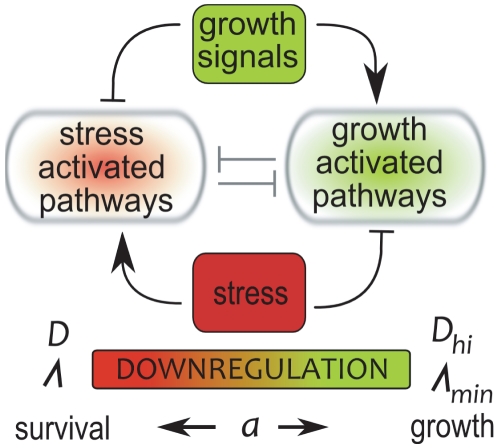Figure 1. Antagonism of stress-resistance and growth.
Growth signals typically repress stress-activated genes and pathways while upregulating growth machinery and growth pathways. Most stress response activators, on the other hand, such as the UspA and MprAB proteins and the SAPK pathway act as growth inhibitors. In most eucaryotes and procaryotes high stress resistance and fast growth are therefore mutually exclusive, and meanwhile cells with high stress-resistance can endure longer stress durations they also have longer reactivation times (growth lags) compared to cells with lower stress resistance (which survive short stress exposure only). We assume that cells which remain vegetative upon stress exposure and do not adapt to stress die at a maximal rate  , but can quickly resume growth after a short reactivation lag
, but can quickly resume growth after a short reactivation lag  once environmental conditions improve. By downregulating the metabolic activity and entering a stress resistant state, cells can reduce the death rate
once environmental conditions improve. By downregulating the metabolic activity and entering a stress resistant state, cells can reduce the death rate  by a factor
by a factor  , which on the other hand requires them to go through a longer reactivation lag
, which on the other hand requires them to go through a longer reactivation lag  when the environment improves. Thus,
when the environment improves. Thus,  quantifies the tradeoff between stress resistance and growth lag and measures the cellular downregulation during stress exposure.
quantifies the tradeoff between stress resistance and growth lag and measures the cellular downregulation during stress exposure.

